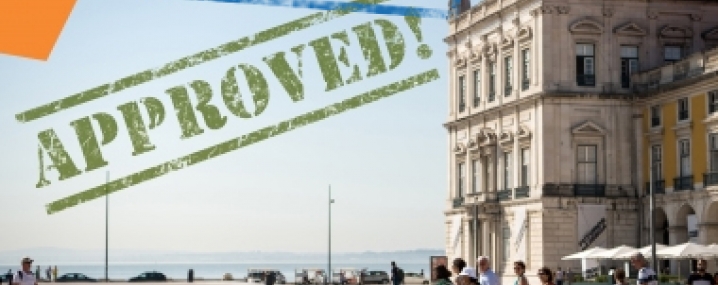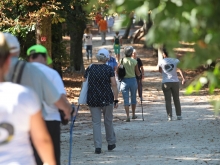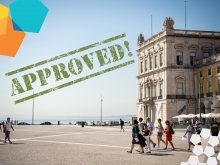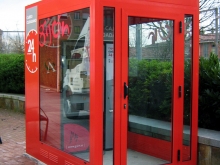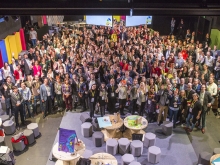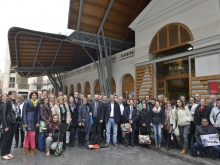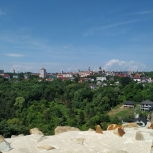
Suceava
Located in the Bukovina region of northeast Romania, 450km from Bucharest, Suceava is a city of some 106,000 people. Since the move to democracy, the city has been keen to attract foreign investment and is undergoing major renovation to improve the quality of life of its citizens, but also to boost its potential for tourism and as a base for new industries. The local industry is based on glass production, wood processing, textiles, mechanical parts and construction materials. The city has its own airport, located 12km east of the centre.
In terms of tourism, Suceava is a starting point for trips to historical, cultural and natural attractions in the Buckvina region, particularly one of Romania’s main cultural treasures—the painted monasteries of Bucovina. Their painted exterior walls are decorated with elaborate 15th and 16th century frescoes featuring portraits of saints and prophets, scenes from the life of Jesus, images of angels and demons, and heaven and hell. Considered masterpieces of Byzantine art, the eight churches represent an exceptional architectural site. With its landscape of forests and hills, the wider Bukovina region is also a tourist destination.
Once the capital of Moldova (from 1388 until 1565), Suceava also has some noteworthy landmarks of its own. Among them are Saint George’s Church, a UNESCO World Heritage site, the Bukovina Ethnographic Museum, with its folk costume collection and exhibits of traditional items, and Suceava’s main tourist site, the remains of the Princely Court. Other sights include the 14th century Mirăuți Church, the Zamca Monastery and the Bukovina Village Museum, dedicated to the region’s woodcraft, ethnography, history and folk art.
SOME RELATED NETWORKS
EVUE II
EVUE
Article
Access to nature in cities improves health and boosts well-being
News
23 Action Planning Networks approved!
Article
Your city in your pocket!
News
25 Transfer Networks approved!

